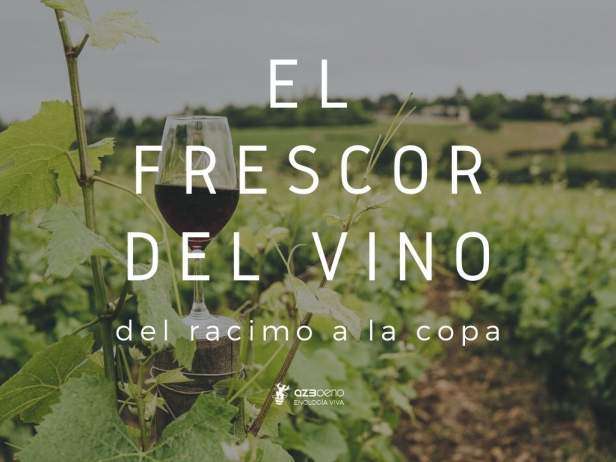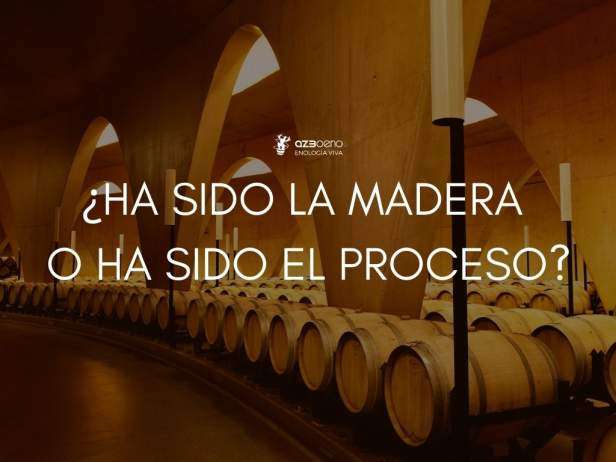
Among all the microbiological alterations that a wine can suffer, the production of ethylphenols by Brettanomyces bruxellensis is, without a doubt, one of the greatest concerns of all winemakers and one of the most unwanted by consumers.
It is usually described in tasting as animal aromas, leather, horse sweat, stable, wet straw, hay, etc., and a more or less intense sensation of dryness is characteristic in the mouth. In addition, although these compounds are below your perception threshold, their presence is involved in reducing the fruit aromas of the wine.
Brettanomyces bruxellensis is an ascomycete of the type Saccharomycetales phylogenetically very close to Saccharomyces cerevisae. In addition to producing these undesirable aromas, it may also be involved in the increase of volatile acidity (production of acetic acid) or in the appearance of soapy aromas (dodecanoic acid) or, those known as "mousy off-flavors" (tetrahydropyridines). It is common to refer to its presence in wine as “Brett”.
From a microbiological point of view, Brettanomyces bruxellensis has certain characteristics of interest from a winemaking perspective. It is especially resistant to wine conditions of low pH and the presence of ethanol, it adapts well to the restriction or absence of oxygen and, in addition, it has few nutritional requirements. Winemakers only have the option of limiting and controlling its multiplication. In this context, knowing the origin of B. bruxellensis is key to anticipating its multiplication.
B.bruxellensis is one of the yeasts that is part of the wild microbiota present in grape skins. A berry can contain 104-106 microbial cells depending on size, ripeness and health status. This micro ecosystem is very specific since it is tremendously variable. It is affected by the grape variety, the ripeness of the berry, the geographical location of the vineyard, the climatic characteristics of the area and the treatments carried out in the vineyard. According to the latest studies, cool and humid microclimates favor the growth of B. bruxellensis in the berries. A link between the presence of B. bruxellensis and Botrytis has also been described. Obviously, the origin of all Brett presence in the winery is the grape itself.
B.bruxellensis is able to “survive” the entire fermentation process due to its resistance to toxins, the presence of nutrients in must and a greater tolerance to ethanol than S. cerevisiae. This fact makes it the largest residual yeast species after the alcoholic and malolactic fermentation processes, that is to say it will be the majority species throughout the wine aging process.
As we have done with other microorganisms as we have gotten to know them, we must learn to live with “Brett” while, of course, keeping it at bay. So it is necessary that we are meticulous in its control and put in place all the necessary mechanisms so that the populations do not skyrocket. Or, to put it another way, work preventively.
The first measure would be focused on the vineyard. We know that there are vineyards with a greater quantity of B. bruxellensis. It is convenient to have them identified and assess whether they should be managed separately.
In the winery, it is essential to maintain strict hygiene. At this point there are no secrets, the more exhaustive we are in applying good winery practices the more we will reduce the incidence of any microorganism.
However, we must pay special attention to those phases of production in which there is a greater risk of multiplication of B. bruxellensis. Therefore, pre-fermentation macerations are delicate moments because there may be development of microorganisms although it does not translate into obvious organoleptic defects. One of the effective measures at this point is the planting of S. cerevisiae as soon as possible, since once implanted in the environment, it slows down the development of B. bruxellensis,which will remain in a dormant state to be reactivated at the end of fermentation if the conditions are suitable. Especially important will also be that the nutrition protocol is well adjusted so that S. cerevisiae deplete the sugars and nitrogen from the medium as much as possible. Consider that B. bruxellensis is nutritionally undemanding.
After alcoholic fermentation, it is essential to clean the wine as soon as possible to reduce the microbial load. Centrifugation of the wine at this time, before malolactic fermentation, can be very interesting since it is a critical period, especially if the populations of B. bruxellensis are large.
Regarding the levels of SO2 active we know that B. bruxellensis, depending on the vine, can have a high resistance. In general, we can set between 0.4 and 0.6 mg/L of active SO2 as adequate levels to control it, as long as we do not have large populations. Everything that lowers the levels of free SO2 must be well controlled.
To these preventive measures we must add the population control, setting the control points at a minimum of four: alcoholic end, malolactic end, during aging and before bottling. The aim of these controls is to determine the evolution of the populations to act when necessary. In terms of the population of B. bruxellensis , we consider we can reduce it with specific treatments, but the levels of ethylphenols in wine are cumulative and if we exceed the detection threshold the solution is much more complicated. Therefore, the aim is to always keep populations low.
Depending on the time of the control and the status of the yeasts (active in growth or viable non-cultivable), we can opt to perform a flow cytometry analysis or Q-PCR a specific plate culture. The latter is a simple method we can (and should) apply in the winery and incorporate in the control system at the points mentioned. Plate culture is undoubtedly the most economical and reliable technique to implement in the winery, since it hardly requires a culture stove, media and a sterility system (lighter). In barely 5 days, we’ll have relative results in CFU/ml which will help us make decisions.
Related news
THE FRESHNESS OF THE WINE, from the bunch to the glass
The fashion for fresh wines has ceased to be fashion to become a trend; more and more consumers are looking for elegance, length and freshness above all.
More than winemaking machines
The winemaker is the artist who observes the vineyard, interprets it and imagines the wine that could be produced from this plot.
Was it the wood or the process?
Today, we are thinking about one of the most important stages of production: the aging of the wine.


